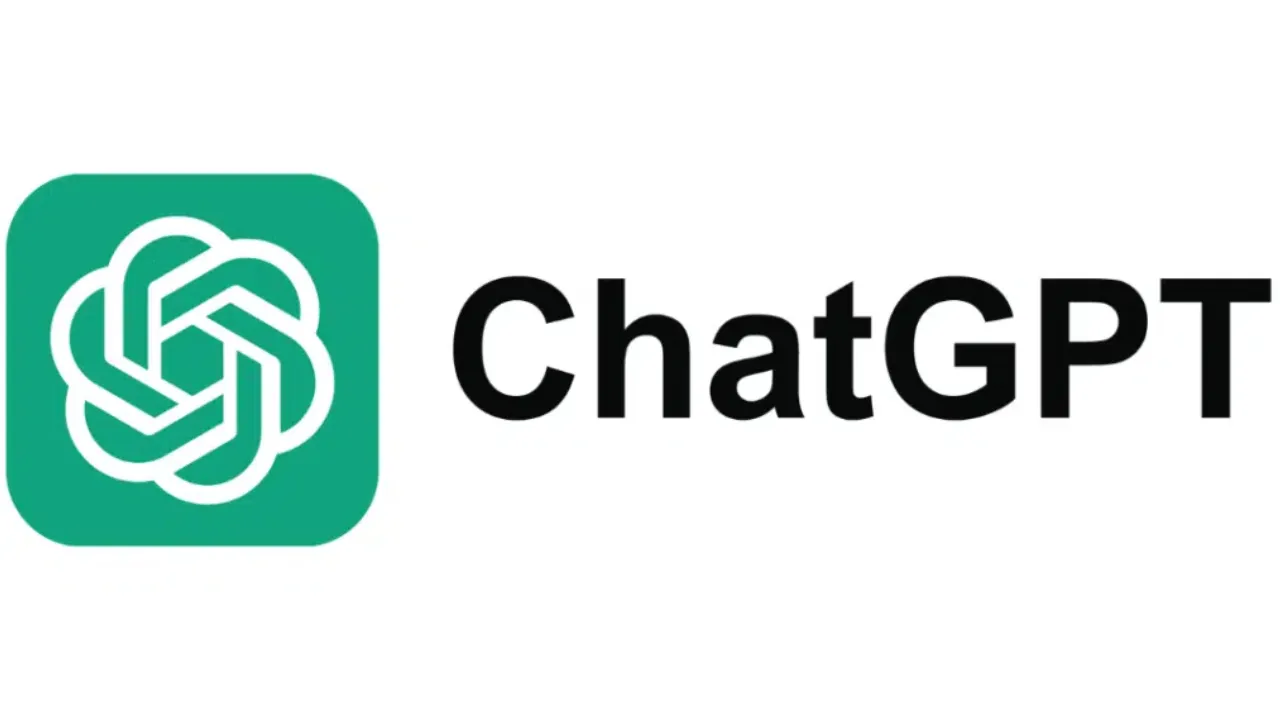Google Calls India a Global Hotspot for AI‑Driven Scams, Sets Up Protection System
In a striking admission, Google has identified India as a global hotspot for AI-powered frauds and is stepping up its protection systems to tackle a surge in deepfake, “digital arrest,” and other AI-driven scams. In this article, we’ll unpack what Google means by this, how serious the problem has become, and what steps the tech giant is taking to protect Indian users.
AI‑Driven Scams Are Exploding in India
India: A Target for Sophisticated Scams
Google’s concern is not without foundation. As reported by credible sources, India has witnessed a rise in highly sophisticated frauds — from deepfake videos to voice-cloned calls that impersonate authorities.
These scams aren’t small-scale: digital arrest scams (where scammers threaten legal action via fake calls) and screen-sharing frauds are becoming disturbingly common.
It’s not just anecdotal — government data backs this up. Cybercriminals are exploiting India’s strong digital infrastructure and massive user base.
Why Google Sees India as a “Global Hotspot” for Fraud
Scale + Technology = Risk
India’s rapid adoption of digital payments, especially via UPI (Unified Payments Interface), makes it a fertile ground for fraud.
Google reveals that in 2024 alone, UPI-related fraud contributed significantly to financial losses.
Scammers are not just using old tricks — they’re increasingly leveraging AI: deepfakes, voice cloning, and artificially generated content help them fool users.
Real‑Time Threats, Real Money
The financial harm is substantial. Google estimates that by 2025, cybercrime losses in India could reach ₹20,000 crore — nearly US$2.4 billion.
Meanwhile, Google Pay is actively involved: the app reportedly issues more than 1 million warnings per week on potentially fraudulent transactions.
Google’s Response: Safety Charter & Protection System
Launch of the Safety Charter
To counter this growing threat, Google unveiled its Safety Charter in India in mid-2025.
This charter is built around three pillars:
- User protection from online fraud.
- Enterprise and government cybersecurity — making critical infrastructure safer.
- Responsible AI development — ensuring AI is ethically designed, especially in high-risk settings.
On‑Device Scam Detection
One of the most important technical defenses Google is deploying is on-device scam detection, particularly for phone calls. Using Gemini Nano, Google’s AI model, Pixel devices can analyze incoming calls locally (on the phone) to detect suspicious behavior — without sending audio to Google servers.
When a call is flagged as suspicious, the phone plays a beep to alert users.
Currently, this feature is limited to Pixel 9 models in India and works for English-language calls.
Safer App Installs via Play Protect
Google is also tightening security around app installs. It plans to block installations from outside the Play Store (like from browsers or file-sharing apps) when those apps request sensitive permissions — a common tactic in scam apps.
In fact, since launching locally, Google Play Protect has already blocked nearly 60 million high-risk app installation attempts on millions of devices in India.
Fraud-Alerting in Google Pay
Google Pay is not just passively warning — it’s integrated with Google’s fraud detection systems. According to Google, in 2024 it issued over 41 million scam alerts, helping prevent financial losses.
These alerts are powered by AI in real time, signaling suspicious transactions or behavior before irreversible damage happens.
Scam Messaging Protection
On the messaging front, Google Messages uses AI-based Scam Detection to monitor texts (SMS, MMS, RCS) for red flags. When suspicious messages arrive, the system warns users, allowing them to block or report the sender.
Google claims this protection flags over 500 million suspicious messages every month in India.
Additionally, the system generates 2.5 billion warnings when users click on suspicious or unknown links.
Beyond Detection: Awareness and Collaboration
DigiKavach Campaign
Google’s safety efforts are not just technical — they are deeply tied to awareness. The company’s DigiKavach program, focused on fraud prevention and digital literacy, has reached over 177 million Indians.
DigiKavach runs public education campaigns on common frauds (like predatory lending apps or fake investment schemes), helping users recognize and avoid them.
Google has also partnered with India’s Cyber Crime Coordination Centre (I4C) to scale fraud education and response.
Game-Based Learning: ShieldUp!
To make scam awareness more effective, Google supports ShieldUp!, a game-based intervention developed with research partners.
In this mobile game, users are exposed to scam scenarios in a controlled way. Over time, they become better at recognizing manipulation tactics — and studies show the effect persists even weeks later.
Building Local Safety Infrastructure
To anchor these efforts locally, Google is launching a Safety Engineering Center (GSEC) in Hyderabad.
This center will bring together security engineers, policy experts, and government stakeholders to build India-specific solutions — because Google believes the fight against AI scams needs a homegrown effort.
Challenges and Limits: Why Risks Still Remain
Limited Roll-Out
Despite the robust design, Google’s protection features are not yet universal. For instance, on-device scam detection is currently available only on Pixel 9 devices and only for English-language calls.
Given Pixel’s limited market share in India, this means many users remain unprotected.
Underreporting and Awareness Gaps
Not all scam victims come forward. According to TechCrunch, many incidents are likely not reported because users don’t know how to file a complaint or are reluctant to engage.
Also, while DigiKavach reaches millions, India’s sheer size and linguistic diversity make scaling awareness difficult.
Evolution of Scams
Scammers are constantly adapting. As Google hardens its defenses, fraudsters may find new AI techniques or novel channels. Deepfake, voice cloning, and AI‑generated phishing will likely evolve too, demanding ongoing innovation.
Why Google’s Move Matters for India’s Digital Economy
Trust Is the Foundation
India’s digital economy runs on trust — in payments, apps, services. By investing in AI-driven fraud prevention, Google is reinforcing the very foundation that enables India’s digital growth.
Reducing fraud not only protects individuals, but also helps fintechs, businesses, and governments maintain credibility in their online services.
Innovation With Responsibility
Google’s Safety Charter shows a shift: it is not just building new AI, but responsible AI. By embedding scam detection and fraud mitigation into its platforms, Google is trying to set a new standard for how AI should be used — not just for profit, but for protection.
This could become a global model: lessons learned in India may inform safer AI practices worldwide.
What You Can Do as a User
- Stay alert: Be skeptical of unexpected calls, especially those demanding money or threatening legal action.
- Use built-in protections: If you use Google Pay, enable alerts. Use Google Messages’ scam detection.
- Report fraud: Use official cybercrime reporting channels in addition to blocking or reporting scams to Google.
- Educate yourself: Try tools like ShieldUp! or read Google’s fraud prevention materials to spot common scams.
- Protect your device: Only install trusted apps, and avoid sideloading if you’re unsure of the source.
The Road Ahead: Can Google Really Curb AI‑Driven Scams in India?
Google’s recognition of India as a global hotspot for AI-powered scams is a wake-up call. These are not the phishing tricks of old — they’re intelligent, evolving frauds that exploit the very technologies meant to empower us.
By launching its Safety Charter, building an engineering hub, rolling out on-device detection, and boosting awareness, Google is laying strong defenses. But the challenge remains massive: scaling protection, reaching non-English speakers, and keeping pace with scammers.
Still, Google’s strategy is promising: combining advanced AI, system-level protections, and human education. If successful, it could reduce fraud losses, build trust in digital services, and set a new benchmark for how global tech companies should tackle AI-enabled threats.
For Indian users, the message is clear: stay aware, make use of Google’s safety tools, and be part of this fight. As India’s digital landscape grows, so must our resilience — and Google seems committed to helping build it.
Also Read: Why was Dharmendra called the “He-Man of Bollywood”?




































